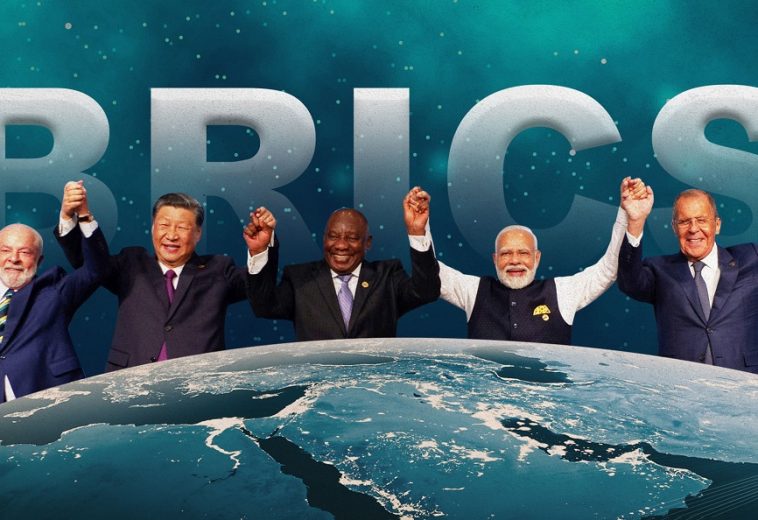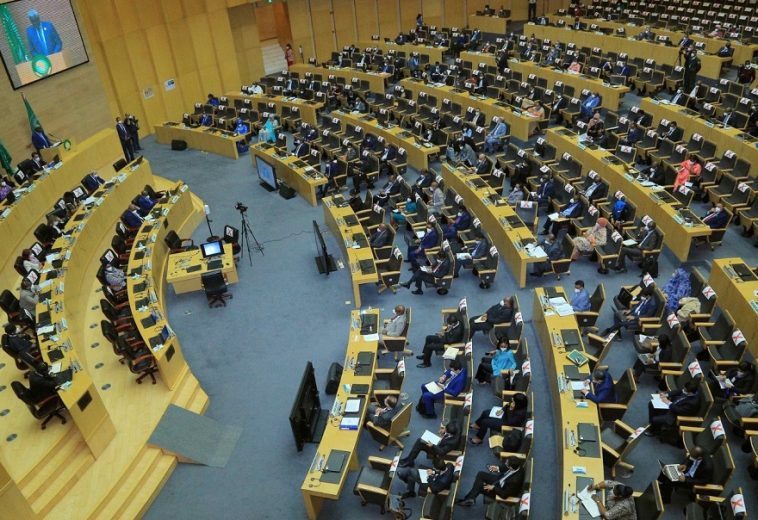BRICS is emerging as a strong alternative to the G7 and other Western blocs, with a growing interest in partnerships with Africa to shape our collective future.
Since its inception in 2009, BRICS has sought to promote investment opportunities among its founding members—Brazil, Russia, India, and China. The first summit took place in Yekaterinburg in 2009, and South Africa joined the bloc a year later.
Over the years, BRICS has significantly expanded its involvement in Africa. Investments and trade between BRICS nations and the continent have grown markedly. For instance, China’s trade with Africa surged from $10 billion to $190 billion within just 12 years. India has partnered with African nations to support small businesses, while Brazil and Russia have focused on Africa’s mining and energy sectors, working with both public and private entities.
The BRICS countries’ engagement in Africa is largely driven by their interest in the continent’s natural resources, vast and underdeveloped agricultural sector, and the potential for investments, technology transfer, and knowledge sharing. Africa’s burgeoning middle class, estimated at over 300 million, also presents a significant market for BRICS economies.
However, BRICS could further extend its wealth of resources to the youth of Africa, who are poised to become the next generation of leaders and key players in the global demand for skilled labour. According to the United Nations, Africa has the youngest population in the world, with 70% of sub-Saharan Africa under the age of 30. This youthful population is expected to continue growing, with over 1 billion people aged 15-35 predicted by 2063.
Given this, it is crucial for BRICS to join global efforts in investing in Africa’s youth, as they hold the key to future progress. BRICS can offer various opportunities, including access to resources, education, and platforms for meaningful participation in initiatives related to the bloc. This could involve training, employment, and collaborative projects aimed at empowering African youth economically and socially.
BRICS has already begun making strides in this direction. In 2024, the BRICS Summer School was held in South Africa, organised by the South African BRICS Youth Association in Johannesburg. The event featured South African Minister for Women, Youth and Persons with Disabilities, Sindisiwe Chikunga, who spoke highly of the initiative and the benefits available to African youth.
Chikunga encouraged young people to focus on skills development, cultural exchange, and collaboration among BRICS nations to solidify and future-proof the alliance. She stressed the need for joint skills development, particularly in science, technology, engineering, and mathematics (STEM), as well as digital technology. She also called for collaboration between youth in BRICS and other developing countries in advancing digital innovation.
READ ALSO: Egypt and Ethiopia Join BRICS: What to Expect at the 16th Summit
Looking ahead, the 16th annual BRICS summit will be held in Kazan, Russia, from 22-24 October 2024. This summit will bring together the original BRICS members—Brazil, Russia, India, China, and South Africa—along with four new members: Egypt, Ethiopia, Iran, and the United Arab Emirates. It will mark the first meeting for these new additions to the group.
As BRICS continues to evolve, its partnership with Africa is set to become even more strategic. By investing in Africa’s youth and fostering economic cooperation, BRICS can contribute to a more equitable and prosperous future for both the continent and the world.



















